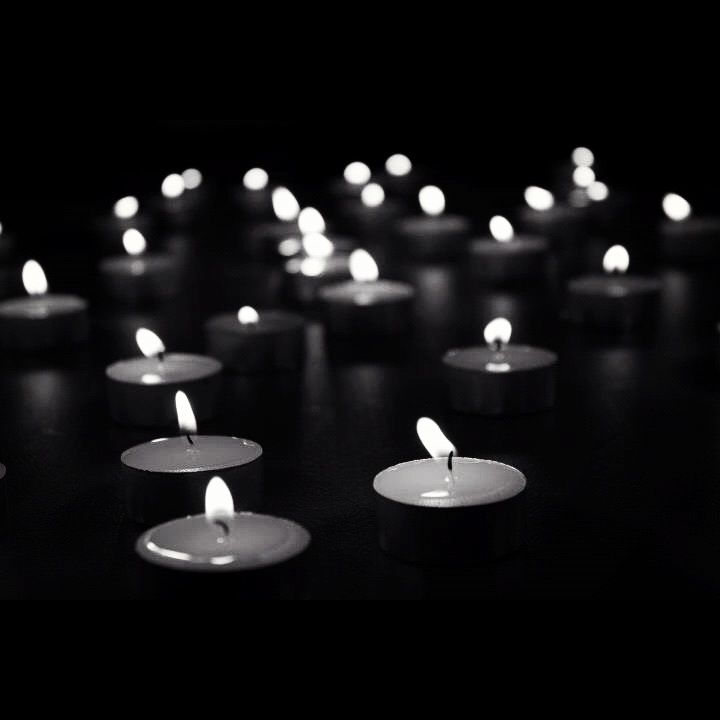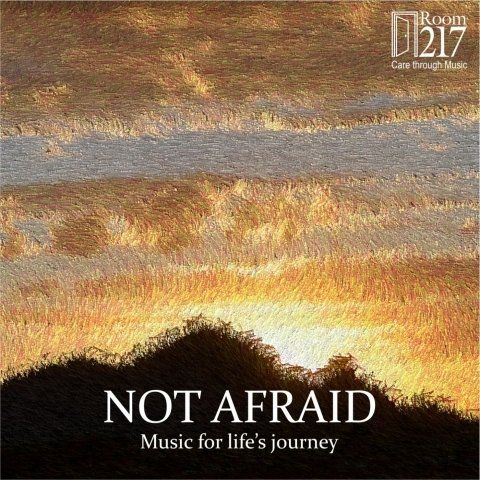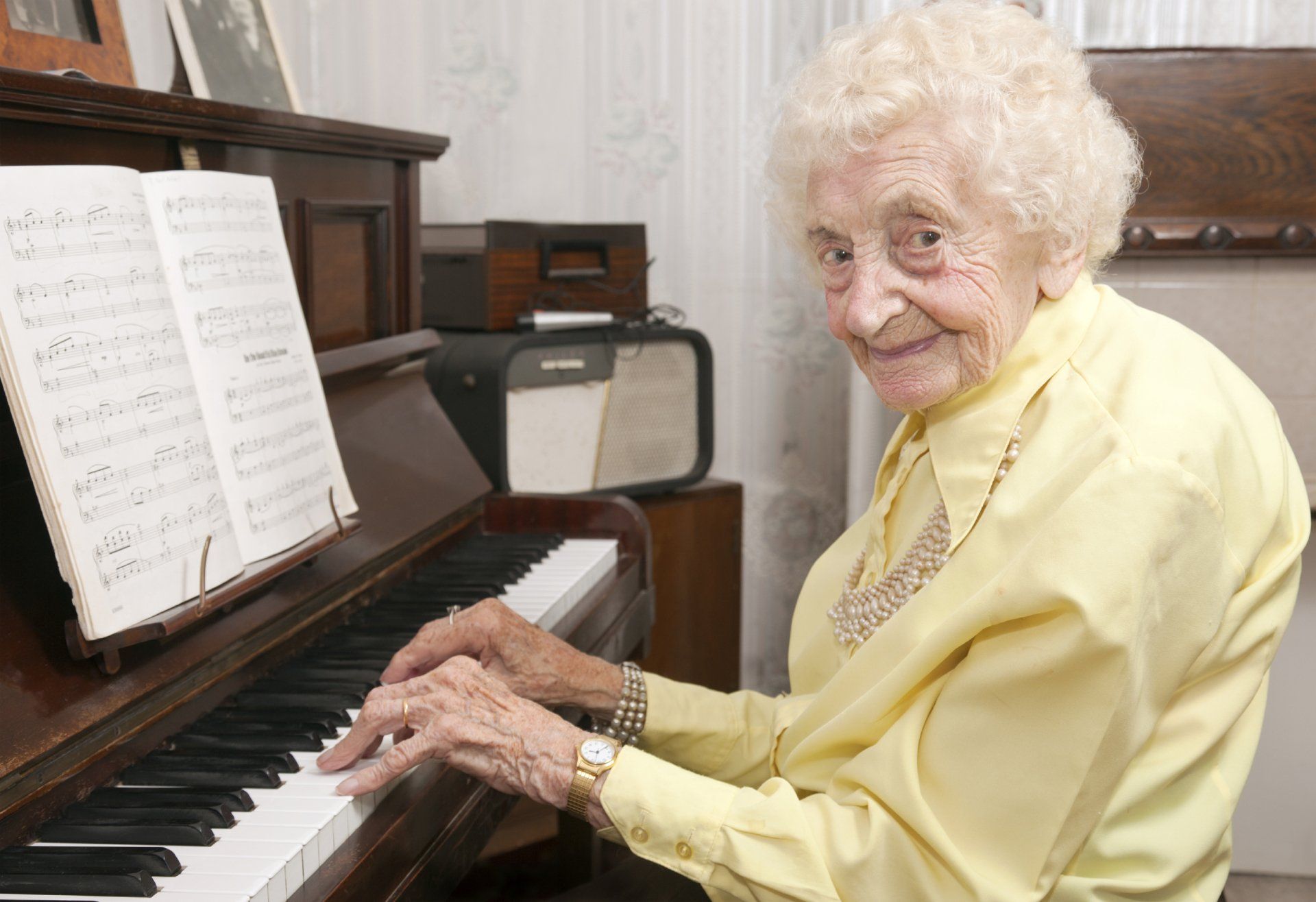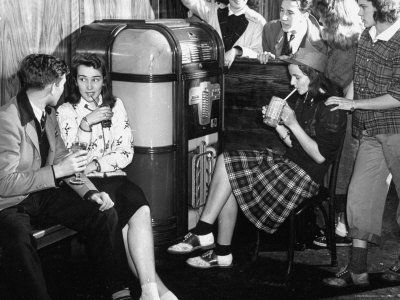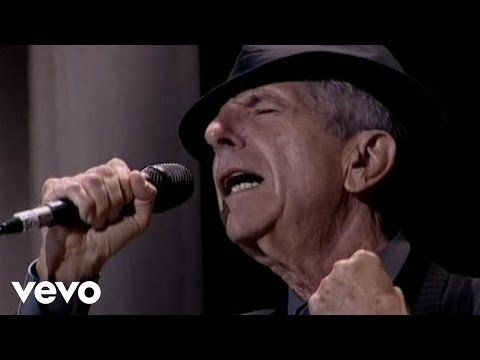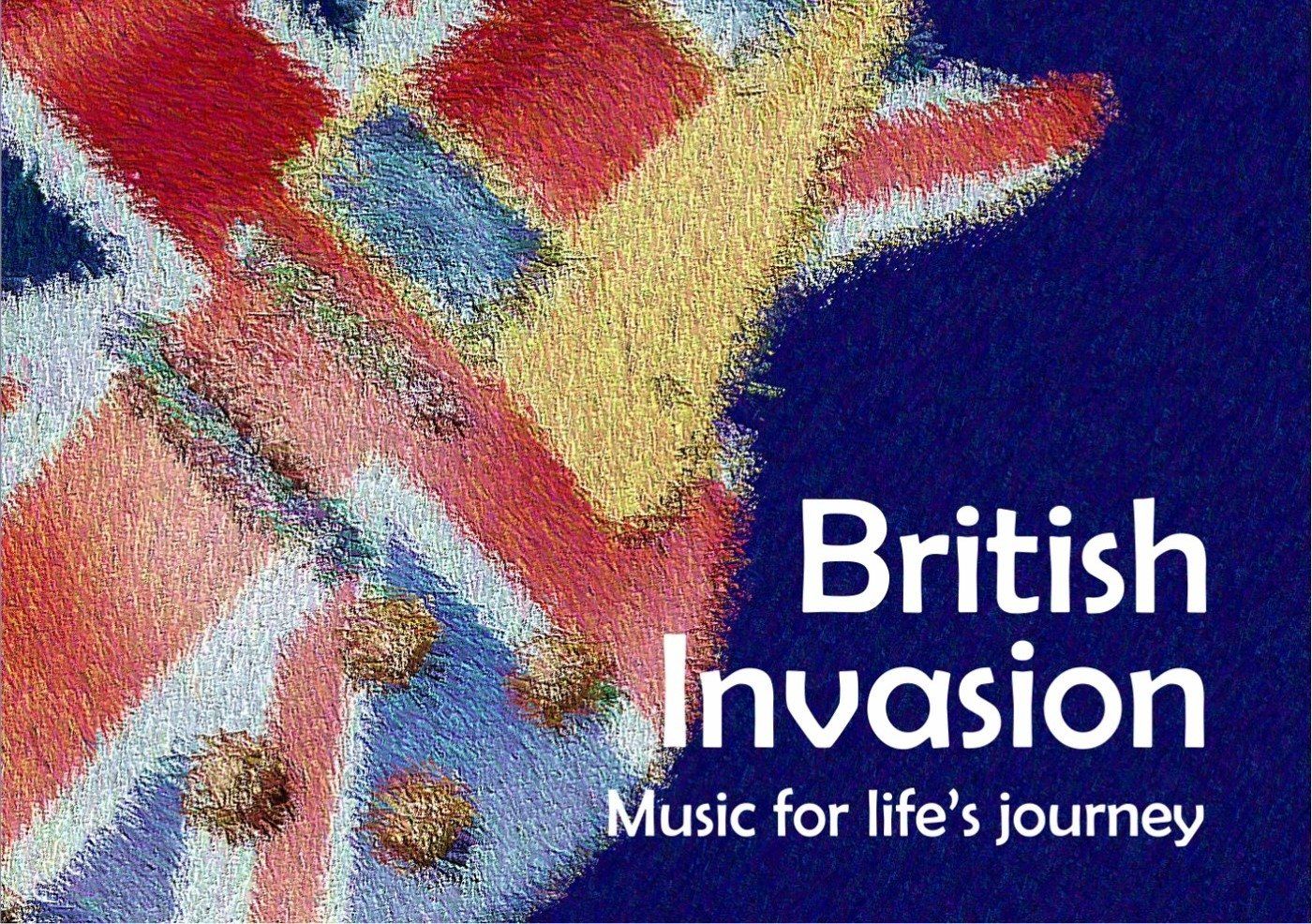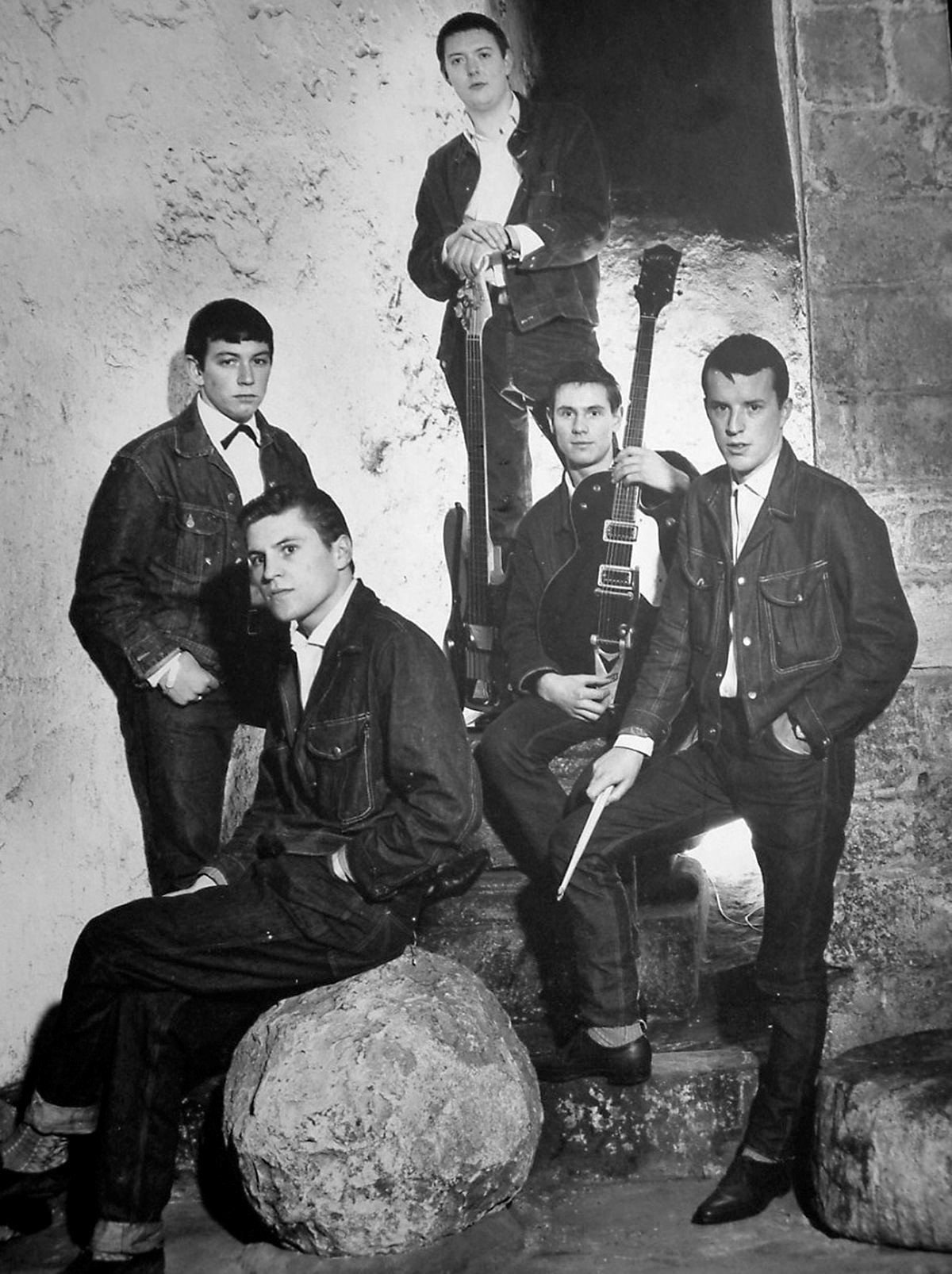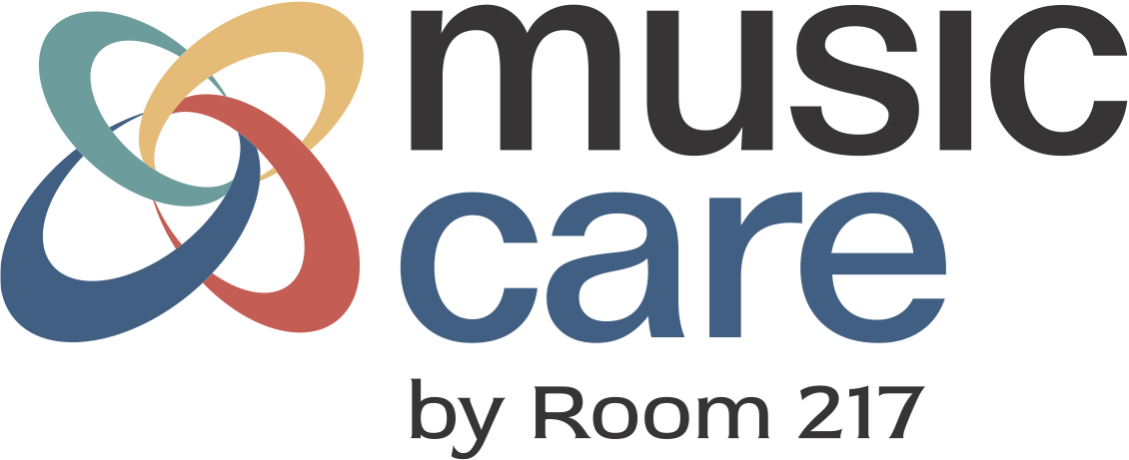The Power of a Musical Body Break
The research is out… and it’s conclusive! You simply cannot sit for long periods of time without getting up to move: your mother has told you; your doctor is telling you, The World Health Organization is advising you, in no uncertain terms; even your smart watch is asking you to get up and move!
But are you doing it? Perhaps today’s Music and Wellness Blog will give you the facts and help inspire you to indulge in regular body breaks or “exercise snacks” as they are more commonly being called.
Active breaks are not just a nice idea, they are imperative. Research from The University Of British Columbia, Faculty of Medicine The Importance of Movement Breaks - UBC Physical Therapy and Research Clinic found that these short breaks help to reduce the associated risks of a sedentary lifestyle. Even short, simple activities like walking, household chores and gardening can add up to supporting a healthier balanced day.
The World Health Organization suggests a 40% increase in mortality is associated with prolonged sitting and recommends short bursts of physical activity. My physiotherapist quips that sitting is the new smoking.
When I made the transition from a teaching career that had me up on my feet much more, I felt the difference because now my day often consists of prolonged hours of writing and online meetings.
There is a lack of consensus about how long is too long in a sitting position. You may have heard that a break every 20 minutes is advised; that for me feels a little too frequent. I have read that the brain focuses well in 90 minutes cycles and that attention will wane after that stretch of time.
So my personal protocol that addresses these issues is this: I choose 30-45 minute work sessions, set a timer or alarm and then ask Alexa to play one of my high motivation tunes to fire up my heart rate.
The dogs will watch me dance around the room, jump as high as I can and land in a deep lunge for 10-12 reps, or they may witness one of my favourite activities that is often accompanied by a disco selection, speed cleaning the kitchen.
I may alternate throughout the day with a relaxing track. My go-to here is Room 217’s Diverse Sounds Collection where soothing melodies will accompany a pose of the child, my legs up against the wall, or some gentle Tai Chi movements.
What is important is that you choose music that is right for you. What music motivates you? Calms you? The more these energizing exercise snacks become part of your daily routine, you will know what your body needs- a bit of workout pop to get you jumping on the spot or a strum of the guitar and solo voice to guide you into a five minute full body stretch.
The body break is your practice, and it must work for you to be consistent, from your musical selections to your body’s needs and requirements. Your body will thank you, your overall health and your brain too. Enjoy today’s snack!

